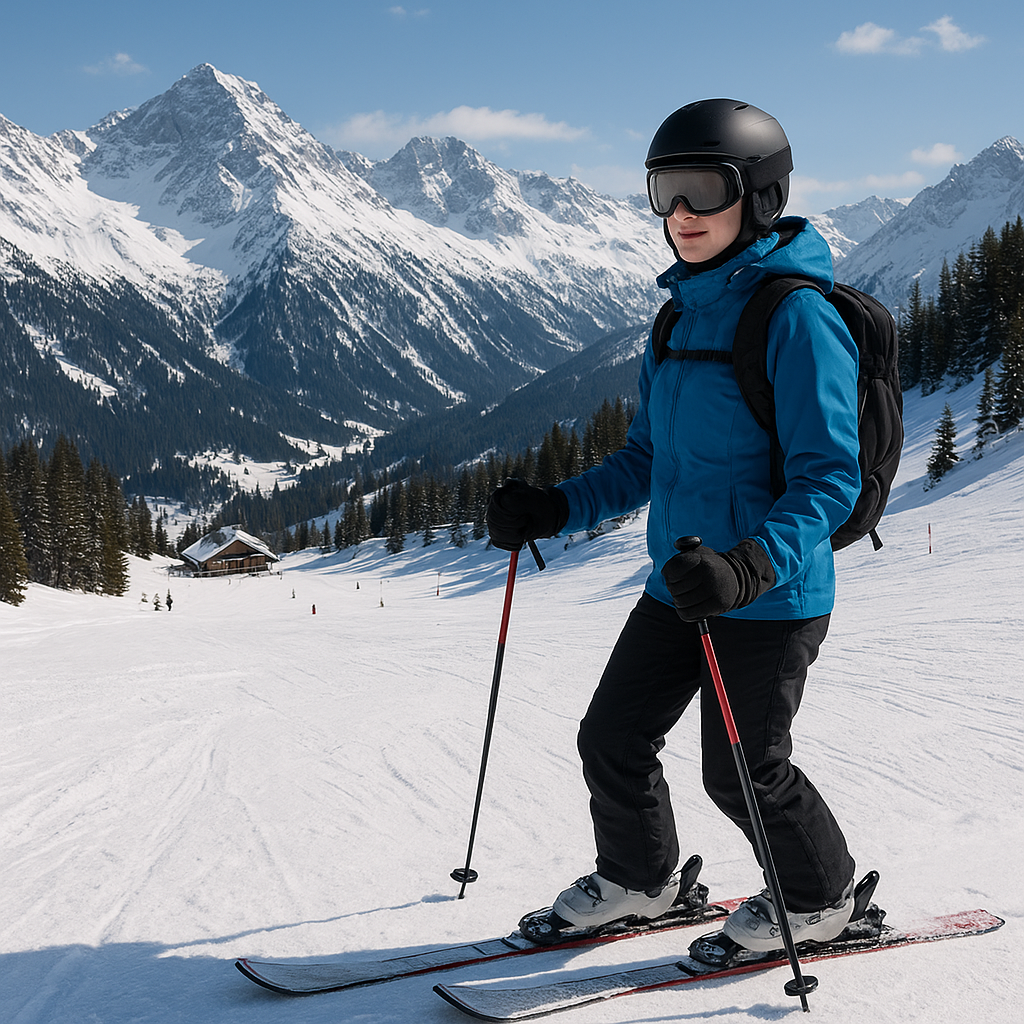
Embarking on a journey to master the art of winter sports in the heart of Europe can be both thrilling and a bit daunting. The majestic mountain range known as the Alpine realm offers pristine white vistas, winding trails, and an electric atmosphere that draws adventurers from all corners of the globe. Whether you’re strapping on skis for the very first time or rekindling a childhood passion, this guide will equip you with the essential knowledge to glide confidently down snow-covered hills and savor every moment in the mountains.
Planning Your Alpine Adventure
Before you hit the slopes, thoughtful preparation is crucial. Start by choosing the right time of year. Peak season (mid-December to late February) guarantees ample snowfall and lively resort vibes, while shoulder seasons (early December or March to April) often bring lower prices and quieter runs. Keep an eye on local forecasts: weather changes can be rapid at high elevations, and clear skies one day can turn into a powder day the next.
Next, consider logistics such as travel, accommodation, and lift passes. Mountain resorts typically line valley floors or perch on ridges accessible by gondolas and chairlifts. Many hotels and chalets offer shuttle services to base stations. Booking in advance secures the best rates and ensures proximity to lifts.
Finally, factor in altitude. Resorts in the Alpine region often sit between 1,500 and 3,000 meters above sea level. If you’re not accustomed to high elevations, allow a day or two to acclimatize. Common symptoms include mild headache or fatigue. Hydrate generously and avoid overexertion during the first hours on snow.
Selecting Gear and Clothing
Your choice of gear can make or break the experience. Comfort and performance are paramount. If you’re starting out, renting is a budget-friendly way to sample different styles and sizes. As skills progress, invest in your own set tailored to your physique and riding preferences.
- Equipment essentials: skis or snowboard, boots, poles, helmet, and goggles.
- Layering system: moisture-wicking base layer, insulating mid-layer, waterproof outer shell.
- Accessories: gloves, neck gaiter, and quality socks designed for winter sports.
- Optional items: avalanche beacon and probe for off-piste exploration.
When choosing boots, comfort is king. They should fit snugly without painful pressure points. Stiff-flex boots offer greater control for advanced skiers, while softer boots allow forgiving movement—ideal for learners. Pay attention to binding adjustments; poorly set bindings can lead to discomfort or injury. Let a professional technician calibrate your setup.
Choosing Beginner-Friendly Resorts
The Alpine region spans multiple countries, each with unique character and terrain. Look for resorts that advertise “green” or “blue” runs—gentle slopes with minimal steepness. Many of these destinations also host beginner zones with magic carpets and gentle tow lifts.
French Alps
- La Plagne: part of the Paradiski area, offers wide, well-groomed pistes.
- Les Gets: picturesque resort with beginner-focused zones and easy park areas.
Swiss Alps
- Zermatt: breathtaking views of the Matterhorn and gentle nursery slopes.
- Grindelwald: diverse terrain with dedicated learning zones near the valley.
Austrian Alps
- Obergurgl: high-altitude, reliable snow conditions and beginner circuits.
- Schladming: modern lift infrastructure and extensive green runs.
Most resorts provide special passes or discount packages for first-timers, combining lessons, lifts, and rental gear. Investigate family deals or multi-day rates to save on overall costs.
Basic Techniques for Novice Skiers
Gaining confidence on snow comes from mastering a few foundational skills. Start with the pizza (snowplow) position: point ski tips together and push heels outward to control speed. Transition to parallel turns by gradually bringing skis side by side as you gain stability.
- Balance: keep your weight centered over the middle of your skis. Imagine a line from your knees through your hips to your shoulders.
- Edging: gently tilt your ankles to engage ski edges and carve smooth arcs.
- Poles: use them to maintain rhythm, plant them lightly to guide turns.
- Stopping: practice the “hockey stop” by flattening skis and twisting your legs.
A certified instructor can accelerate progress by offering personalized feedback. Group lessons foster camaraderie, while private coaching allows a deep dive into technique and posture.
Regular drills, such as side-stepping uphill or sliding sideways down gentle slopes, reinforce muscle memory. Allocate time each day to practice fundamental moves before tackling longer or steeper runs.
Safety, Etiquette, and Mountain Awareness
Respect for mountain rules ensures an enjoyable environment for all. Resorts follow the international skiing code, which outlines right-of-way and overtaking etiquette. Yield to skiers below you; they have priority. Always look uphill before starting or merging into a run.
On-piste safety demands vigilance. Watch for trail markers and boundary signs, and never venture beyond closed areas. Off-piste skiing involves avalanche risks—carry a beacon, shovel, and probe, and travel with a partner.
- Wear a helmet at all times.
- Monitor weather conditions: storms or sudden warm periods can affect visibility and snow stability.
- Take regular breaks to prevent fatigue-related mishaps.
- Stay hydrated and nourish your body with energy-rich snacks.
Practicing good mountain etiquette also means limiting noise in lodges, respecting wildlife habitats, and disposing of waste in designated areas. By prioritizing safety and courtesy, you contribute to the vibrant alpine community spirit.

